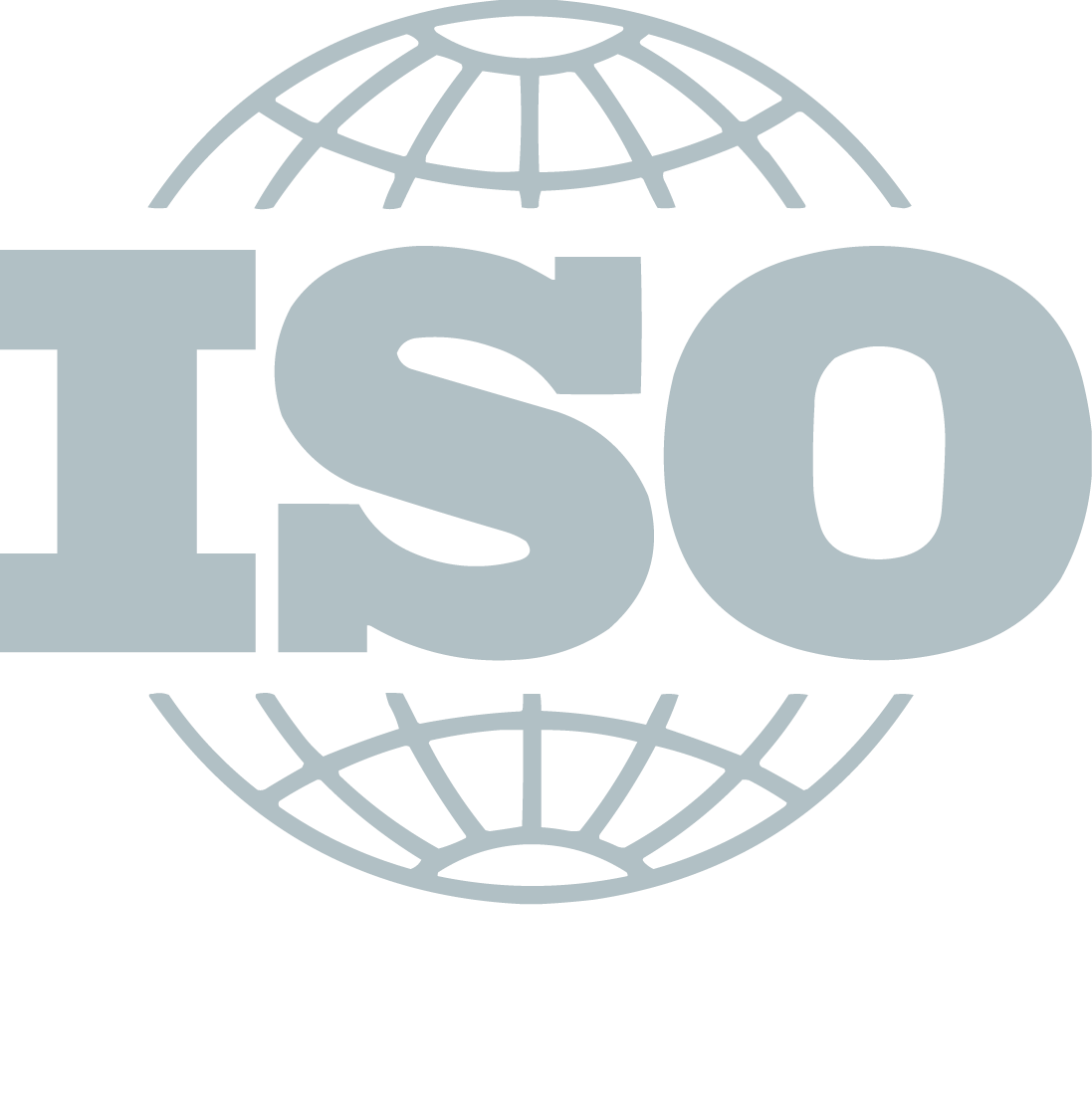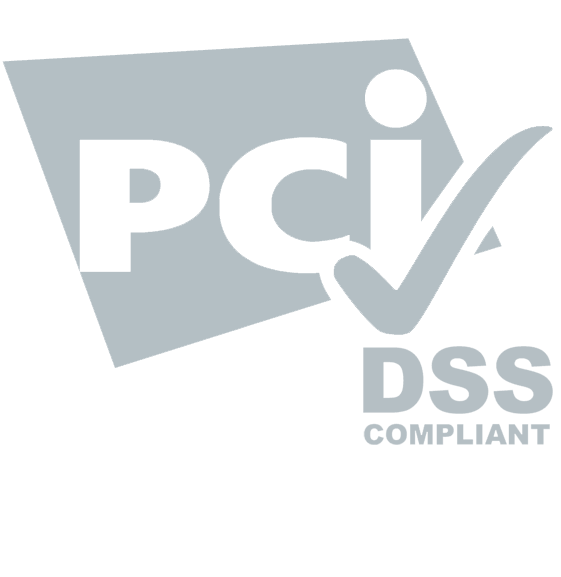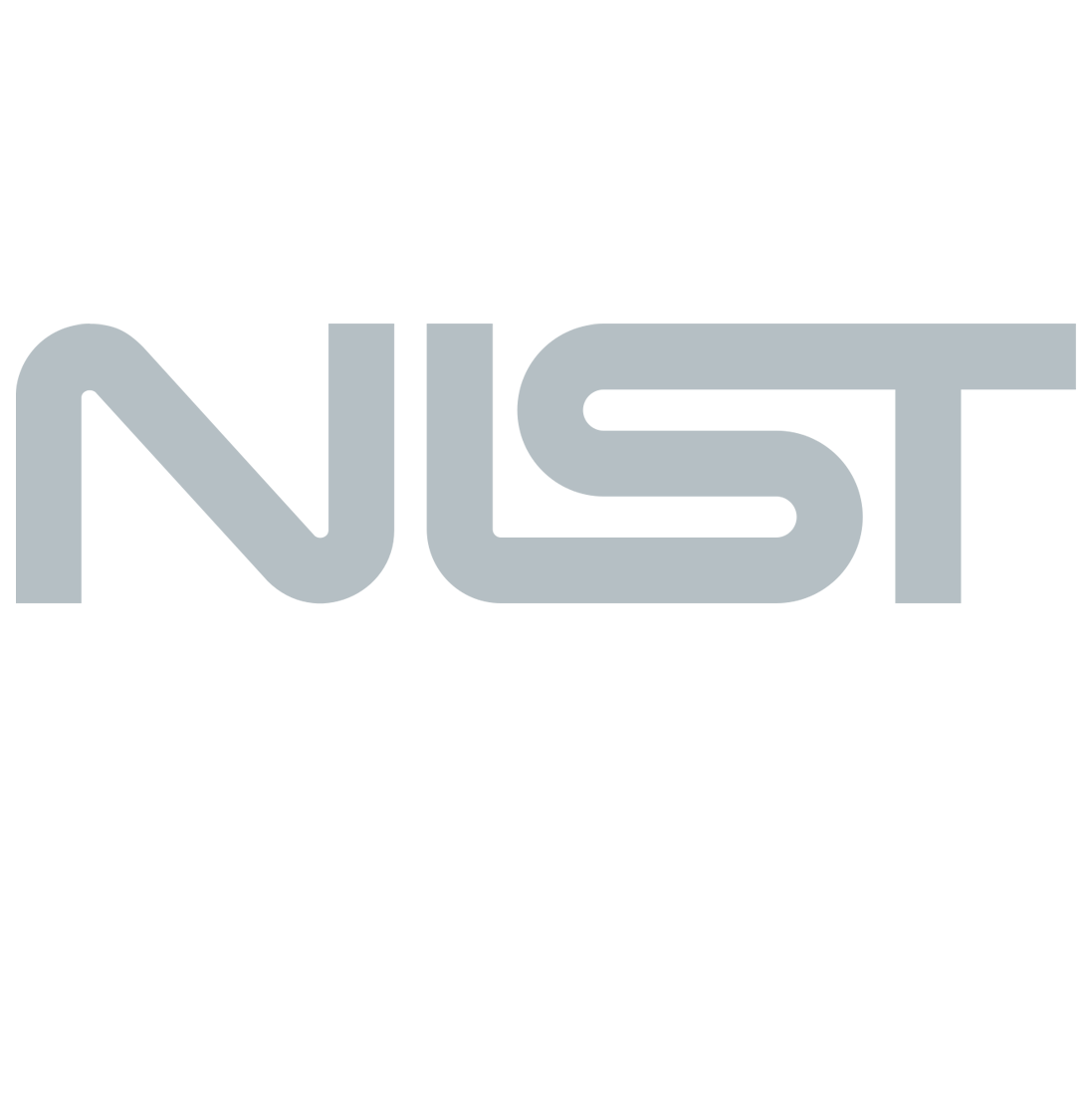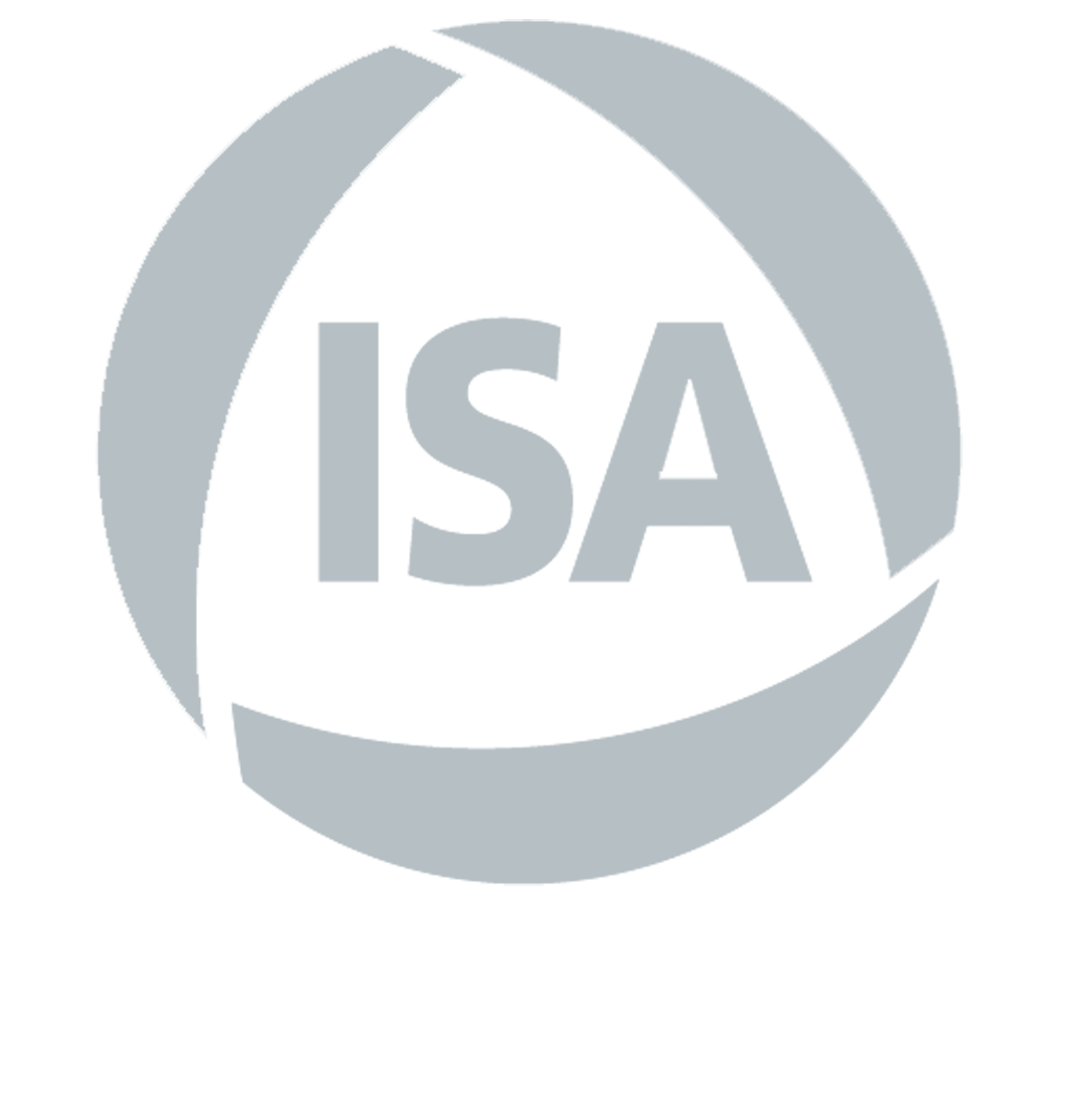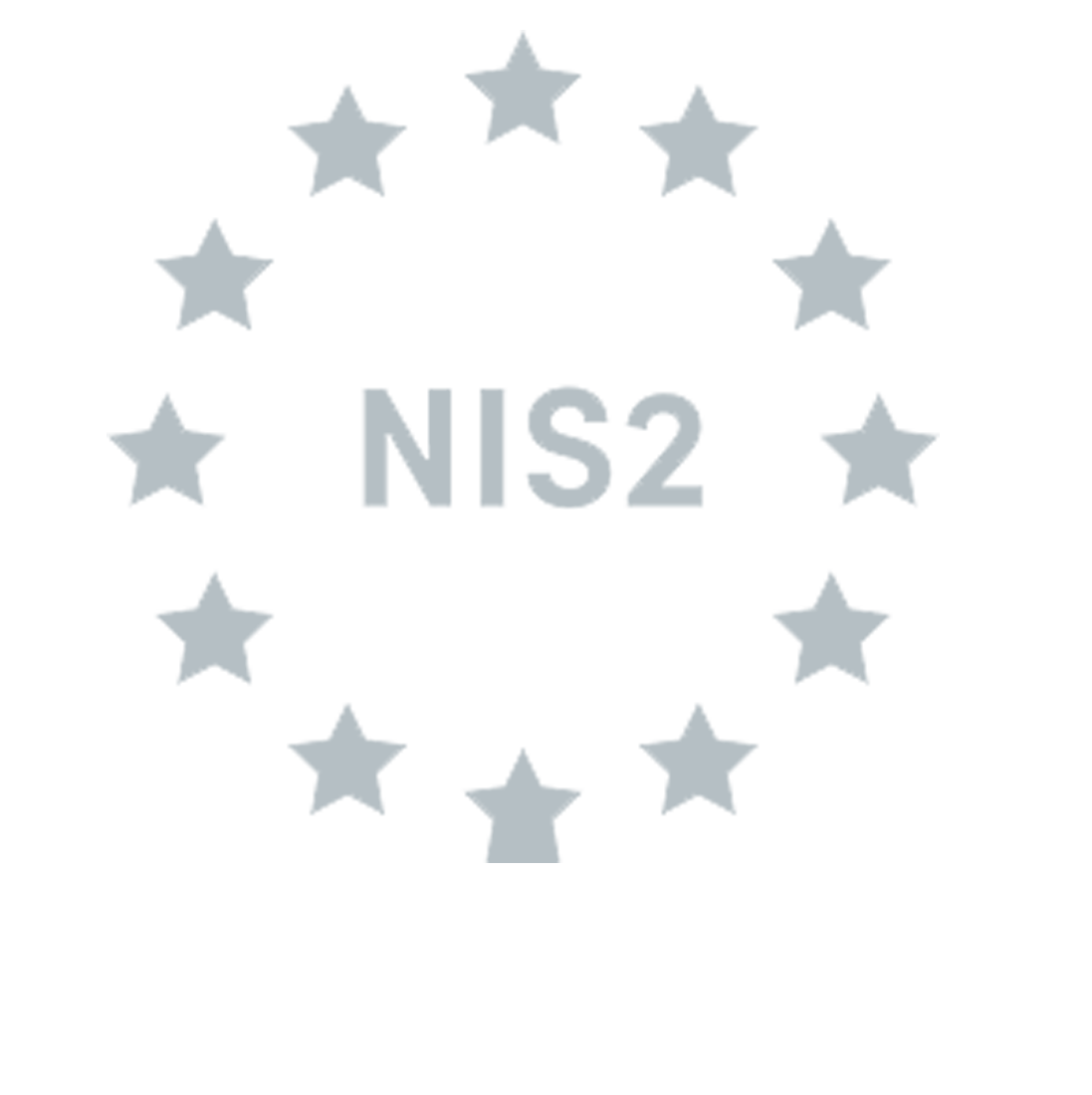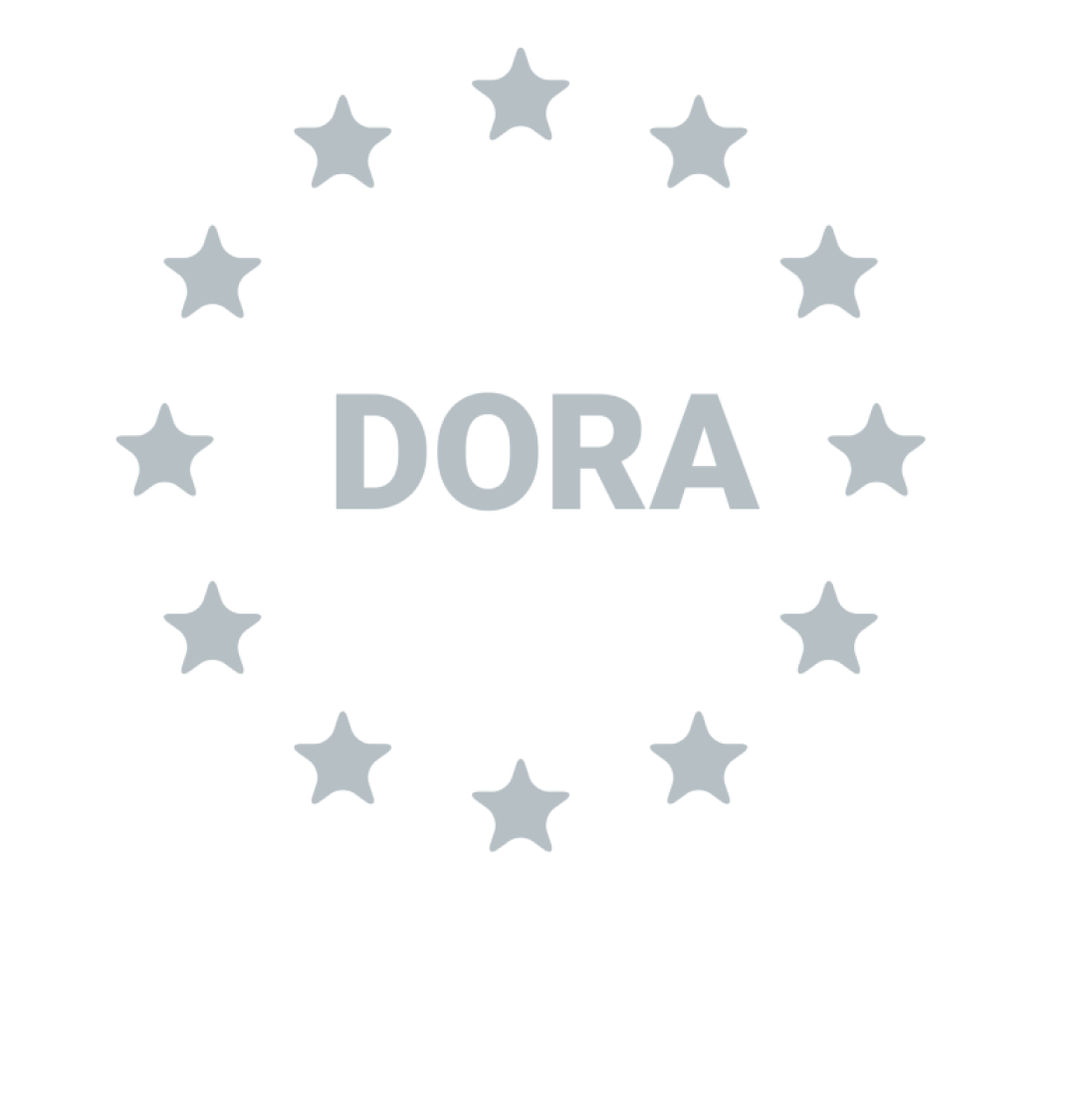Certification

The SA 8000 standard is designed for organizations of all sizes and industries that seek to demonstrate their commitment to social responsibility and sustainability. It is particularly suited for companies operating within global supply chains that aim to ensure fair and dignified working conditions for their employees worldwide.
What is SA 8000?
The SA 8000 international standard is a management model designed to promote and protect personnel, recognized globally. It addresses the needs of organizations that aim to distinguish themselves through their commitment to sustainable development, particularly in social issues.
This standard allows organizations to improve personnel conditions, promote ethical treatment, and align with international human rights conventions.
The standard was published in 1997 by the Council on Economic Priorities Accreditation Agency (CEPAA), now Social Accountability International (SAI), the most recent revision occurred in 2014.
Key Pillars of the Standard:
- Engagement of Stakeholders (Involvement of both internal and external stakeholders)
- All personnel, including management, are involved.
- All sectors and sites within the company are included.
- The standard prioritizes prevention over control.
- Ongoing improvement.
To achieve certification, a company must establish a Social Responsibility Management System, through which the organization can plan, manage, review, and improve the performance categories defined in the standard.
The adoption of these principles leads to advantages for the company’s image, increasing its credibility, boosting consumer trust, and improving relationships with institutions and social organizations.

Certification
What is SA 8000?
The SA 8000 international standard is a management model designed to promote and protect personnel, recognized globally. It addresses the needs of organizations that aim to distinguish themselves through their commitment to sustainable development, particularly in social issues.
This standard allows organizations to improve personnel conditions, promote ethical treatment, and align with international human rights conventions.
The standard was published in 1997 by the Council on Economic Priorities Accreditation Agency (CEPAA), now Social Accountability International (SAI), the most recent revision occurred in 2014.
Key Pillars of the Standard:
- Engagement of Stakeholders (Involvement of both internal and external stakeholders)
- All personnel, including management, are involved.
- All sectors and sites within the company are included.
- The standard prioritizes prevention over control.
- Ongoing improvement.
To achieve certification, a company must establish a Social Responsibility Management System, through which the organization can plan, manage, review, and improve the performance categories defined in the standard.
The adoption of these principles leads to advantages for the company’s image, increasing its credibility, boosting consumer trust, and improving relationships with institutions and social organizations.

The SA 8000 standard is designed for organizations of all sizes and industries that seek to demonstrate their commitment to social responsibility and sustainability. It is particularly suited for companies operating within global supply chains that aim to ensure fair and dignified working conditions for their employees worldwide.




